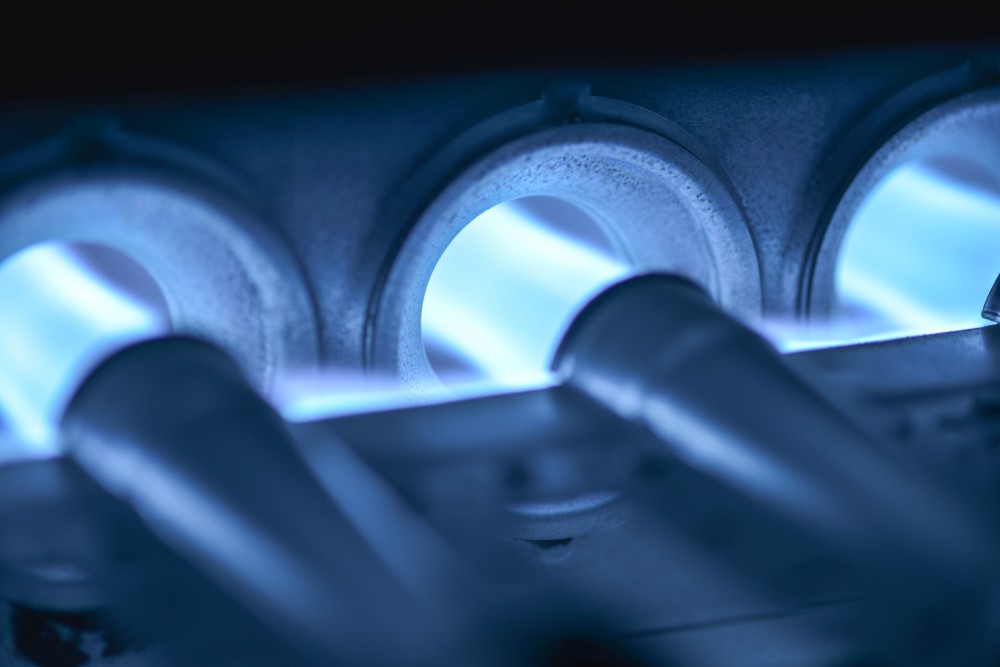A liberal congregation burns hot under Trump
We were already active in our community. Now we're on overdrive.

John Updike penned one of the most famous lines in baseball when he said that Ted Williams “radiated, from afar, the hard blue glow of high purpose.” I like that line and I love baseball, but I have my doubts about the “hard blue glow of high purpose” when it comes to being a pastor and caring for a congregation. It seems to me that it usually ends in burnout. Nevertheless, since Trump was elected I feel as if I’ve been burning with a butane-like intensity alongside a congregation full of high purpose.
Fewer than 100 people show up on an average Sunday morning in our church, but they are smart activists who drive Priuses, ride bicycles, run, recycle, repurpose, organize, serve on committees, write articles, teach, run for office or help others run, show up at city council, school board, and zoning commission meetings, and volunteer with the food pantry, the Humane Society, after-school programs, Boy Scouts, Girl Scouts, the NAACP, and farmers’ markets. They go on mission trips, build houses for Habitat, lead marches, and deliver meals. In short, if there is good going on in our town, it’s likely that someone from our congregation is involved.
Since the election and inauguration of Donald Trump, it’s as if we switched the old record player from 33 to 45 rpm. Our sense of high purpose has intensified. Genuine concern and compassion are mixed with fear and anger. Immigration issues and ministry have moved front and center. We’re in high gear.





